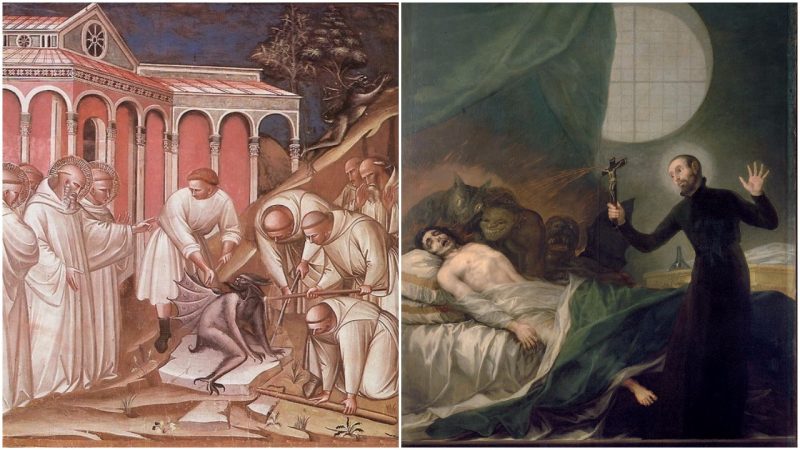In June 2017, a Northern California woman was charged with attempted murder when a passerby intervened in the woman’s attempt to exorcise a demon from her own 11-year-old daughter by beating her on the head with a piece of wood. The Humboldt County Sheriff’s Office “stated she was trying to remove the demons from the child,” according to an article in the Sacramento Bee.
Forty-four years ago, Chris MacNeil (Ellen Burstyn), the actress mother of a tormented 12-year-old girl, gets an incredulous reply when she says to Father Damien Karras (Jason Miller) in the film The Exorcist, “How would you go about getting an exorcism?”
Father Karras, a Jesuit priest and also a Harvard-trained psychiatrist, says to her, “Well, the first thing, I’d have to get into a time machine and get back to the 16th century.”
When the novel The Exorcist novel the bookstores, exorcism was seldom discussed, or written about in newspapers. William Peter Blatty, the author, researched demons and exorcism by poring over a case from 1949 of a young boy allegedly being possessed. Blatty, a Catholic who had studied at Jesuit schools, focused on a 20-year-old case because it was the most recent one he could find.
It truly did seem in the early 1970s that exorcism was a medieval practice.
Throughout history, exorcism has appeared in many religions. It usually consists of the alleged expulsion of demons or various kinds of evil spirits from the bodies of the possessed or from places that are considered to be haunted. The expulsion is typically achieved through elaborate rituals involving intense prayer and commanding the evil spirit to abandon the body of the host.
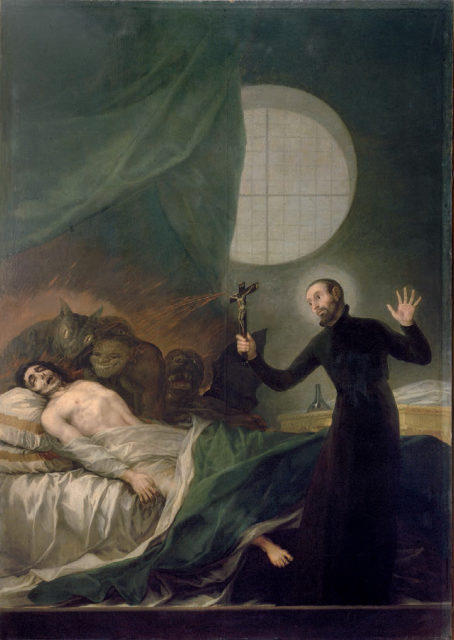
The Catholic Church has a long history of exorcism. In the 15th and the 16th centuries, at the height of the anti-blasphemy frenzy that shook Western Europe, exorcism was performed both by priests and laymen because it was believed that all Christians have the ability to exorcise demons through the power of faith. At that time, people were targeted who had the misfortune of being considered possessed due to some irregular physical aspect, and sadly any kind of mental disorder was seen as an undeniable sign of demonic presence.
Later on, the Church established strict rules governing exorcisms, and priests were able to practice ritual exorcisms only after physicians and psychiatrists concluded that the problems that plagued the supposedly possessed person were of supernatural origin. Therefore, in the 20th century, only a few official exorcisms were performed and the practice was increasingly considered obsolete, crude, and even barbaric.
However, after the William Friedkin-directed adaptation of the novel The Exorcist was released, the practice saw a resurgence. At first the Catholic Church maintained its distance from exorcists. Few, if any, requests were granted. People who were sure that demons tormented them could end up getting help from Ed and Lorraine Warren, paranormal investigators who brought in “renegade” priests to conduct exorcisms if they felt it was warranted. The couple’s case files make riveting viewing in the films The Amityville Horror and, much more recently, The Conjuring.
Throughout this period, exorcism boomed in the Pentecostal churches. During a “deliverance ceremony,” demons and evil spirits are cast out. Some ministers use crucifixes and even holy water during the ceremony; others use only a Bible.
There has been sharp criticism of any kind of exorcism by those who say that rather than vanquishing demons, people with mental illness are being abused, and worse. Subjects have died during exorcisms, such as in 2015, when a young woman died of cardiac arrest during an exorcism performed in a Pentecostal church in Belize. In 2003, an autistic child died during an exorcism in a Pentecostal church in Wisconsin.
The caution of the Catholic Church would seem well warranted.
“There’s little question that Catholic exorcists (especially in the United States) suffer from a strange kind of status discrepancy,” wrote Michael W. Cuneo in his 2001 book American Exorcism: Expelling Demons in the Land of Plenty. “In the news and entertainment media they’re generally portrayed as pop idols, dark-side warriors, the last of the lonesome gunfighters…. Mention the idea of demonic possession and exorcism to a gathering of Catholic academics, and you’ll likely as not be rewarded with knowing snickers or mutterings of disbelief. The priest-exorcist as hero? Try again. Among the intellectual and leadership elites of American Catholicism, it’s more likely the priest-exorcist as yesterday’s man, the priest-exorcist as loser…”
However, in the last 15 years or so, it would seem that exorcism has returned to the Catholic fold’s more traditional wing, especially in Europe. More and more priests in dioceses in Italy and Spain are being qualified as exorcists. One of the reasons is the influence of Father Gabriele Amorth, a priest who has sometimes been described as the official exorcist of the Vatican.
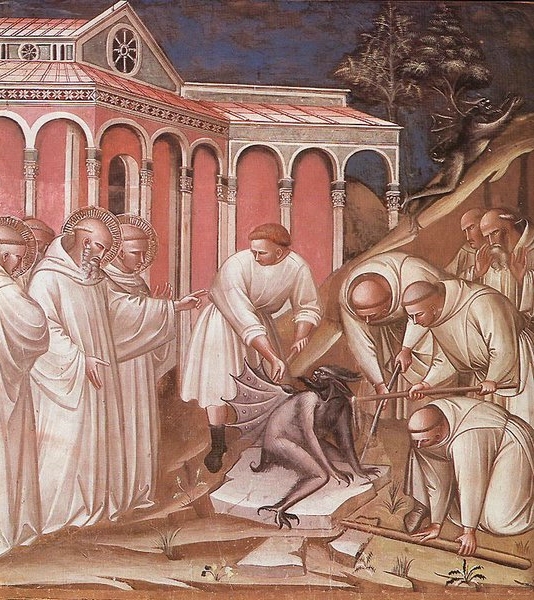
Father Amorth, born in Modena on May 1, 1925, entered the Pauline congregation in Alba in 1947 and became an exorcist in 1985. His mentor was Candido Amantini, a priest who performed exorcisms in the Diocese of Rome.
Father Amorth has written several books, including An Exorcist Explains the Demonic: The Antics of Satan and His Army of Fallen Angels, currently a bestseller on Amazon.
In 1990, Father Amorth and five other officially appointed exorcists founded the International Association of Exorcists. The goal of the organization is to spread awareness of the presence of evil in contemporary society and increase the number of officially appointed exorcists. Those priests who wish to become official exorcists need to be extremely devout, possessing extensive and intimate knowledge of the Holy Scripture.
By 2010, the organization numbered around 300 members from around the world, and although it was founded as an informal organization, the Roman Catholic Church officially approved its statute in 2014. Father Amorth remained the leader of the organization until his resignation in 2014.
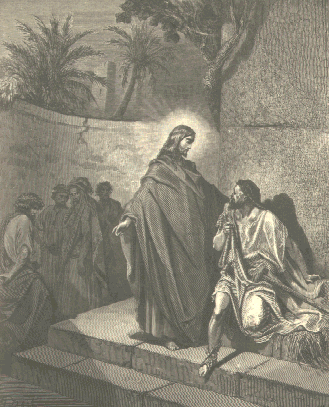
In 2000, Father Amorth claimed that he had performed over 50,000 exorcisms since 1986. His controversial statement was questioned by many since it seemed implausible that he had actually found so many people who were officially eligible for exorcism. In his defense, Father Amorth stated that the number of exorcisms doesn’t represent the actual number of possessed people. Instead, some people he encountered were reportedly possessed by demons so powerful that they were free of possession only after they were subjected to several thousand rituals.
Also, Father Amorth was convinced that several historical figures of the 20th century were undoubtedly possessed by the devil. Most notably, according to Father Amorth, both Adolf Hitler and Joseph Stalin were monsters whose psychopathology could only have been a result of demonic possession. Furthermore, Father Amorth stated that, on several occasions, the devil dared to venture into the Vatican City. In his opinion, Ali Agca, the man who attempted to assassinate Pope John Paul II in 1981, was most definitely possessed by the devil.
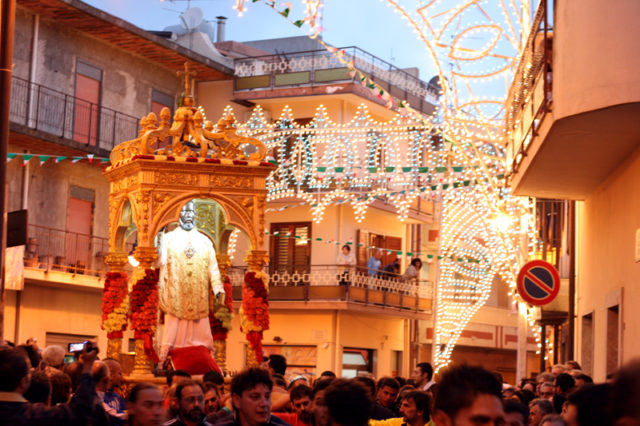
In 2015, at a conference, the National Catholic Register reported that Father Amorth said that the political world, “which today seems to lack a response in face of the massacre of Christians, will also have to fight ISIS and it will do it in a different way. If it advances as it seems to be doing, we ask ourselves what has the West done over the course of the last decades?”
Throughout his career as an official exorcist, Father Amorth also made numerous controversial comments on art, popular culture, and literature. At one point, he warned the public that the immensely popular Harry Potter franchise was extremely dangerous for children as it familiarized them with magic and presented magical rituals as harmless and appealing. Also, he was an outspoken critic of yoga and various new age practices that spread throughout the world in the late 20th century; he considered these practices dangerous and downright evil because they propagated the belief in reincarnation, which is a concept that doesn’t adhere to the laws of the Catholic faith.
Related story from us: Brutal martyrdoms and executions of Christian saints
Father Amorth died in 2016, at the age of 91. His favorite film was, naturally, The Exorcist. He argued that the film was based on a true story, and although he admitted that the possession in the film was depicted in an overly sensational manner, the religious rituals, he said, were depicted quite accurately.
